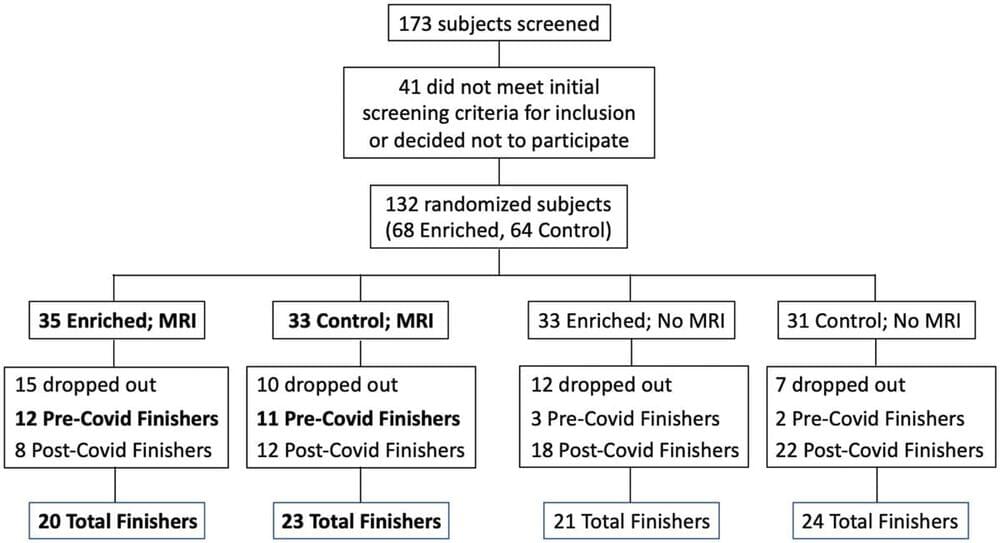We identified five themes centred on the impact of diagnosis: (i) Denial and acceptance (three sub-themes: Denial of diagnosis; Acceptance of diagnosis; Conflict between denial and acceptance); (ii) Stigma of diagnosis and selective disclosure; (iii) The process of diagnosis, (iv) Losing, maintaining, and finding a sense of the self (two sub-themes: The lost self; Constructing and maintaining a sense of self); and (v) Receiving, finding, and providing support.
Figure 1 shows a created a diagram on the potential connections between the themes and subthemes. The process of diagnosis spans the entire experience and has a bearing on denial, conflict and acceptance. Stigma also feeds into denial, conflict and lack of identity. Acceptance of a diagnosis is heavily based on the experience and process of healthcare services, and through supportive peer spaces that reinforce and maintains a clear sense of self/identity.







